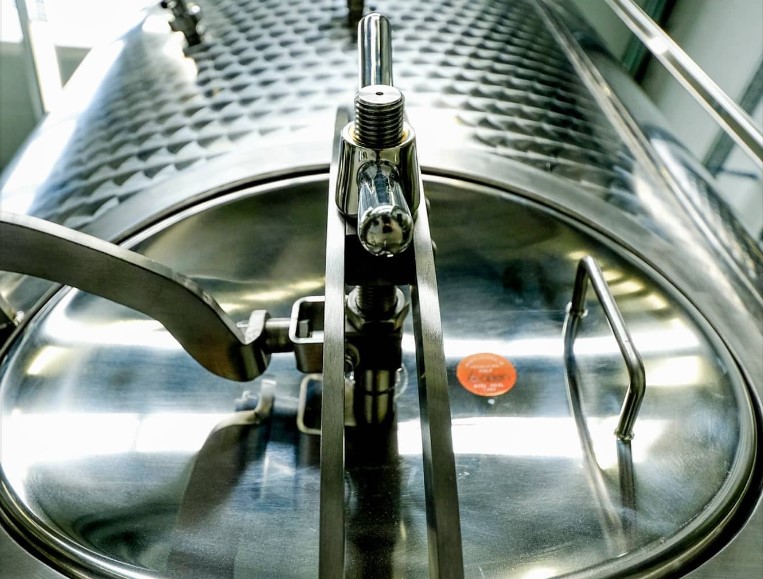Stainless steel wine tanks offer a reliable and efficient method for aging wine that prioritizes the preservation of freshness and precise temperature control. This aspect is crucial in maintaining the inherent qualities of the wine and influencing its flavor profile during the aging process.

Table of Contents:
Versatility in Winemaking
The use of stainless steel tanks provides winemakers with unparalleled versatility in crafting diverse flavor profiles. This flexibility is particularly beneficial as it allows for the aging of various types of wine, catering to the unique characteristics of both white wines and some lighter-bodied red wines.
The Impact of Aging on Wine Flavor
Aging wine is a transformative process that significantly influences its flavor profile. Whether aged in stainless steel tanks or traditional oak barrels, each method imparts distinct nuances to the wine. Understanding the impact of aging on flavor is essential in appreciating the unique characteristics that different vessels bring to the winemaking process.
Comparing Stainless Steel Tanks and Oak Barrels
To delve deeper into the nuances of wine aging, it’s essential to compare stainless steel tanks with oak barrels. Examining criteria such as the type of wine, influence of oxygen, and resulting taste and flavor helps elucidate the specific roles each vessel plays in shaping the final product. This comparison aims to answer the fundamental question, “What do stainless steel tanks do for wine?”
Breaking down the criteria for wine aging in stainless steel tanks versus oak barrels provides a comprehensive understanding of their respective influences. Stainless steel tanks, commonly used for white wines and lighter-bodied reds, minimize oxygen influence, resulting in a crisper and vibrant flavor profile. In contrast, oak barrels, favored for red wines, introduce oxygen slowly, contributing to a softer tannin structure and enhanced complexity, with secondary flavors such as vanilla, caramel, spice, and toasted oak.
Through this exploration, it becomes evident that the choice between stainless steel tanks and oak barrels is not a matter of one being superior to the other. Instead, it’s about recognizing the diverse possibilities each method offers and aligning them with the winemaker’s goals and the unique characteristics of the grape variety.
